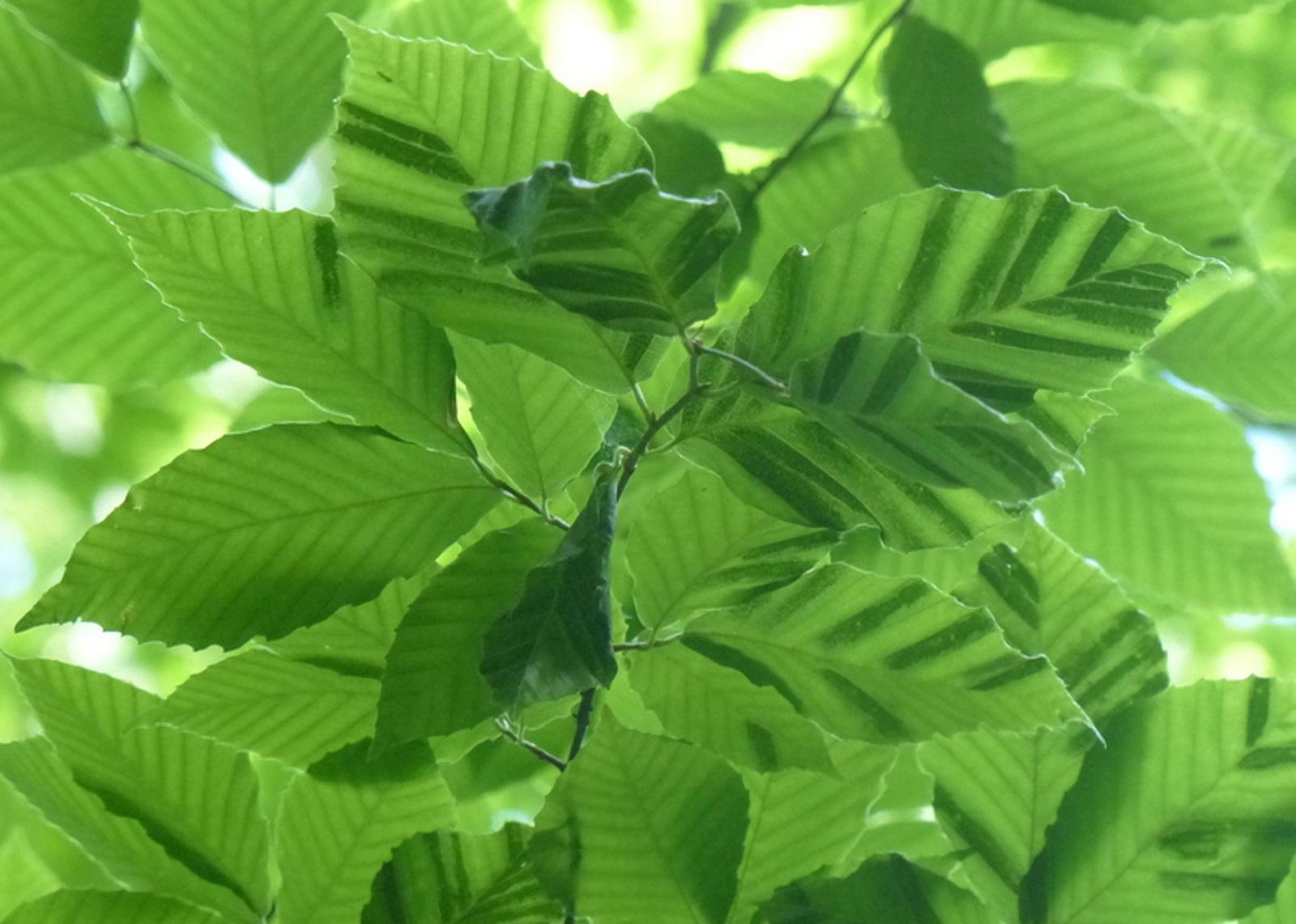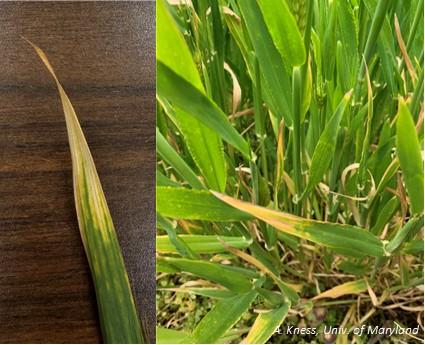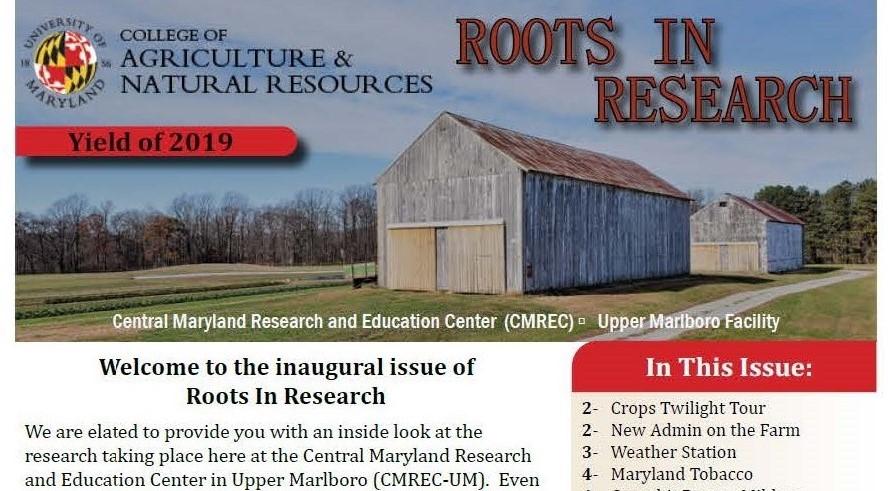Updated: June 25, 2024
Turfgrass Diseases-Dollar Spot (FS-2023-0665)
Dollar spot is a common fungal disease that affects turfgrass, particularly high-maintenance ones like golf courses. It can also damage athletic fields and home lawns. The disease is caused by several species of the fungal pathogen Clarireedia spp. which infects the turfgrass through leaf tissue. Dollar spot appears as circular or oblong discolored spots, about the size of a silver dollar, with brownish-tan color. It can affect various turfgrass species, with creeping bentgrass and annual bluegrass being highly susceptible, while tall fescues, perennial ryegrasses, and Kentucky bluegrasses are moderately susceptible. Zoysiagrass and bermudagrass are less susceptible but can still be damaged under favorable conditions. The disease thrives in temperatures between 60°F and 85°F (15°C and 30°C) with high humidity and prolonged leaf wetness. Effective management includes using resistant cultivars, proper irrigation, fertility management, mowing practices, rolling, topdressing, and dew removal, as well as biological and chemical control methods. Fungicides are commonly used, but they should be rotated to prevent resistance development. Integrating these practices helps prevent and reduce the severity of dollar spot outbreaks on turfgrass. Author: Fereshteh Shahoveisi; Title: Turfgrass Diseases: Dollar Spot (FS-2023-0665)
Updated: June 17, 2024
Japanese Maple Scale Woody Ornamental Host Plants (EB-1)
Japanese maple scale (JMS), (Lopholeucaspis japonica Cockerell) (Hemiptera: Diaspididae), is a prolific pest of major concern to nursery crop producers and landscape managers in MD and the eastern United States. JMS is difficult to monitor and manage due to its small size, extended crawler emergence periods, and wide host plant range. The purpose of this fact sheet is to provide practitioners with host plant information that will help to improve and focus their monitoring efforts. All plants listed in this fact sheet are verified as hosts of Japanese maple scale from published literature or direct observations by the authors. This list should not be considered all inclusive. Due to the generalist feeding habits of JMS there are likely more hosts we have yet to identify including additional cultivars/hybrids. Authors: Paula M. Shrewsbury, Nancy M. Harding, Marie S. Rojas, and Stanton Gill; Title: Japanese Maple Scale Woody Ornamental Host Plants (EB-1)





